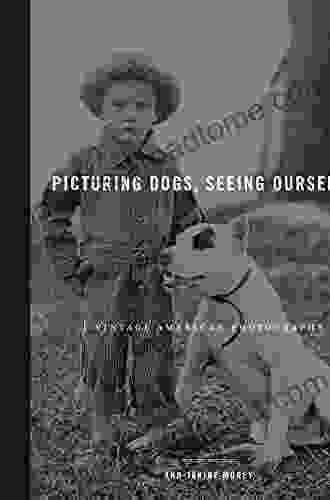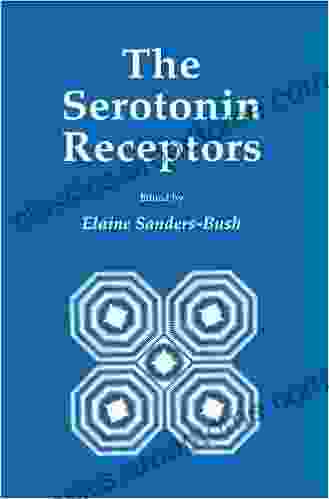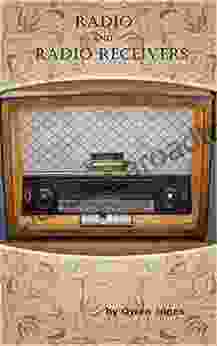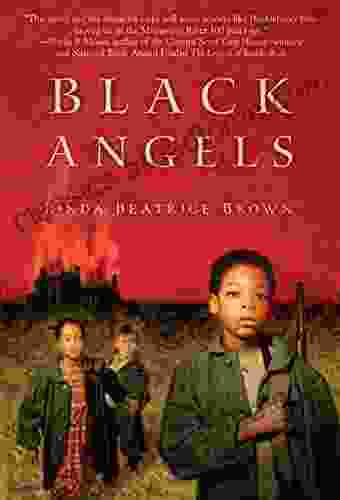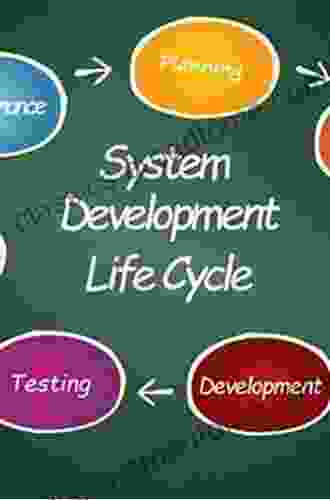Of Animals and Cultures: Exploring the Interwoven Histories of Animals and Humankind

Animals have always played a vital role in human history. They have been our companions, our sources of food and clothing, our beasts of burden, and even our gods. In return, we have shaped their lives in profound ways, domesticating them, breeding them, and even creating new species.
4.4 out of 5
| Language | : | English |
| File size | : | 57586 KB |
| Text-to-Speech | : | Enabled |
| Screen Reader | : | Supported |
| Enhanced typesetting | : | Enabled |
| Word Wise | : | Enabled |
| Print length | : | 248 pages |
The relationship between animals and humans is a complex and multifaceted one. It has been explored from many different perspectives, including biological, cultural, and historical. However, one of the most fascinating aspects of this relationship is its impact on our language, art, literature, and even our sense of identity.
Animals in Language
Animals have been a source of inspiration for human language since the beginning of time. The names of many animals are onomatopoeic, meaning that they imitate the sounds that the animals make. For example, the word "cow" comes from the Old English word "cu," which imitates the sound of a cow mooing.
Animals have also given us many idioms and metaphors. For example, we say that someone is "acting like a dog" when they are being loyal or obedient. We say that someone is "a sly fox" when they are being cunning or deceptive. And we say that someone is "a pig" when they are being greedy or gluttonous.
Animals in Art
Animals have also been a popular subject of art throughout history. From the prehistoric cave paintings of Lascaux to the Renaissance paintings of Leonardo da Vinci, animals have been depicted in a wide variety of ways.
In some cultures, animals have been seen as sacred beings. For example, the ancient Egyptians worshipped cats as gods. In other cultures, animals have been seen as symbols of power or strength. For example, the lion is often depicted as a symbol of royalty or courage.
Animals in Literature
Animals have also played a significant role in literature. From the talking animals of Aesop's fables to the beloved pets of children's books, animals have been used to teach us about ourselves and the world around us.
Animals can represent our own fears and desires. For example, the wolf in "Little Red Riding Hood" can be seen as a symbol of the dangers of the forest. The cat in "Puss in Boots" can be seen as a symbol of cunning and resourcefulness.
Animals can also help us to understand the natural world. For example, the whales in "Moby-Dick" can be seen as a symbol of the vastness and power of the ocean. The birds in "The Birds" can be seen as a symbol of the fragility of nature.
Animals in Our Sense of Identity
Animals can also play a significant role in our sense of identity. For example, many people identify with their pets. They may see their pets as part of their family or as a reflection of themselves.
Animals can also be used to represent different cultures or groups of people. For example, the eagle is often used as a symbol of the United States. The panda is often used as a symbol of China.
The relationship between animals and humans is a complex and multifaceted one. It has been explored from many different perspectives, including biological, cultural, and historical. However, one of the most fascinating aspects of this relationship is its impact on our language, art, literature, and even our sense of identity.
The book "Of Animals and Cultures" delves into this fascinating world, exploring the ways in which animals have shaped human history and culture. From ancient petroglyphs to modern-day zoos, this book unveils the profound impact that animals have had on our lives.
4.4 out of 5
| Language | : | English |
| File size | : | 57586 KB |
| Text-to-Speech | : | Enabled |
| Screen Reader | : | Supported |
| Enhanced typesetting | : | Enabled |
| Word Wise | : | Enabled |
| Print length | : | 248 pages |
Do you want to contribute by writing guest posts on this blog?
Please contact us and send us a resume of previous articles that you have written.
 Book
Book Novel
Novel Page
Page Chapter
Chapter Text
Text Story
Story Genre
Genre Reader
Reader Library
Library Paperback
Paperback E-book
E-book Magazine
Magazine Newspaper
Newspaper Paragraph
Paragraph Sentence
Sentence Bookmark
Bookmark Shelf
Shelf Glossary
Glossary Bibliography
Bibliography Foreword
Foreword Preface
Preface Synopsis
Synopsis Annotation
Annotation Footnote
Footnote Manuscript
Manuscript Scroll
Scroll Codex
Codex Tome
Tome Bestseller
Bestseller Classics
Classics Library card
Library card Narrative
Narrative Biography
Biography Autobiography
Autobiography Memoir
Memoir Reference
Reference Encyclopedia
Encyclopedia Berit Brogaard
Berit Brogaard Virgil Mayor Apostol
Virgil Mayor Apostol American Sport Education Program
American Sport Education Program Michael Prestwich
Michael Prestwich Mathew Stone
Mathew Stone Amanda Xavier
Amanda Xavier Andrew J Hale Byrne
Andrew J Hale Byrne Klaus Elk
Klaus Elk Anita Ramsetty Md
Anita Ramsetty Md Anatoly Belous
Anatoly Belous John C Eccles
John C Eccles Ross Bleckner
Ross Bleckner Marcia Herrin
Marcia Herrin Andrew Degraff
Andrew Degraff Andrea Reimann
Andrea Reimann Mary Guillermin
Mary Guillermin William Lj Galaini
William Lj Galaini Suzanne Mulholland
Suzanne Mulholland Andrew Lownie
Andrew Lownie Angie Welty
Angie Welty
Light bulbAdvertise smarter! Our strategic ad space ensures maximum exposure. Reserve your spot today!

 Pat MitchellJourney From Chronic Pain To Possibilities: Discover the Path to Recovery and...
Pat MitchellJourney From Chronic Pain To Possibilities: Discover the Path to Recovery and... Terry PratchettFollow ·16.6k
Terry PratchettFollow ·16.6k Avery SimmonsFollow ·2.7k
Avery SimmonsFollow ·2.7k Ron BlairFollow ·8.3k
Ron BlairFollow ·8.3k Reed MitchellFollow ·18.5k
Reed MitchellFollow ·18.5k Orson Scott CardFollow ·11.9k
Orson Scott CardFollow ·11.9k Andrew BellFollow ·8.6k
Andrew BellFollow ·8.6k Elias MitchellFollow ·19.5k
Elias MitchellFollow ·19.5k Allen ParkerFollow ·17k
Allen ParkerFollow ·17k
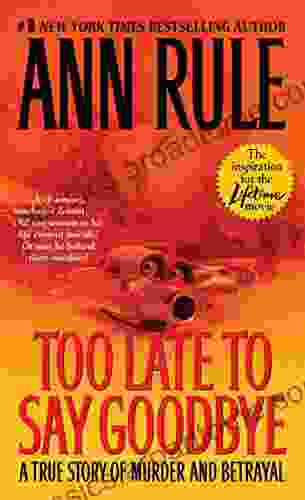
 Braden Ward
Braden WardThe True Story of Murder and Betrayal
In a small town where...
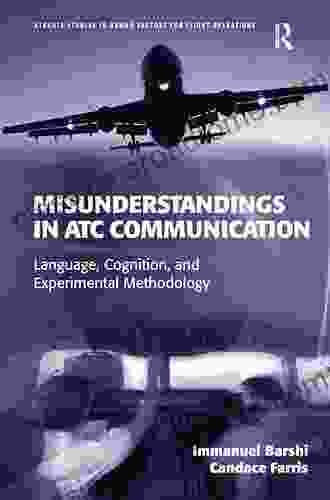
 W. Somerset Maugham
W. Somerset MaughamUnraveling the Complexities of Human Language: A...
Language is a fundamental aspect of human...

 Ibrahim Blair
Ibrahim BlairTrue Crime Tales That Will Keep You on the Edge of Your...
Prepare to be...
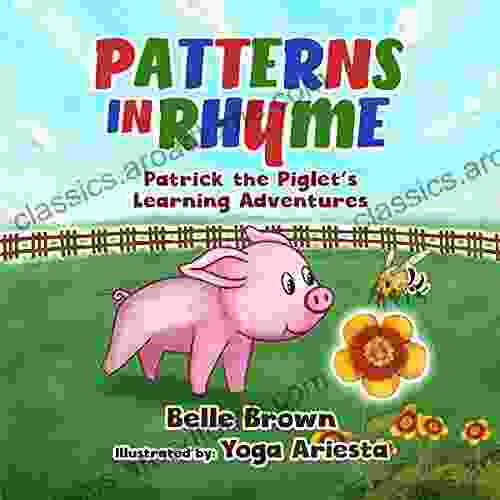
 Rick Nelson
Rick NelsonPatterns In Rhyme: A Journey of Discovery with Patrick...
Welcome to the...
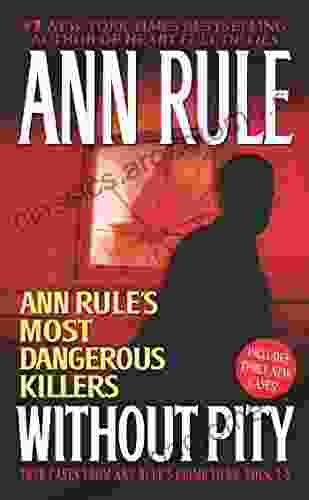
 Edgar Hayes
Edgar HayesWithout Pity: Unmasking the Evil Within
In the realm of true...
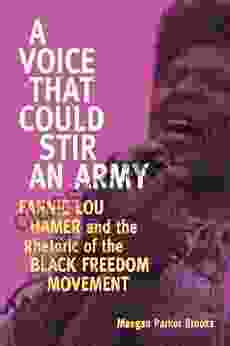
 Cooper Bell
Cooper BellFannie Lou Hamer's Indelible Legacy: Unraveling the...
The Black Freedom Movement, a pivotal...
4.4 out of 5
| Language | : | English |
| File size | : | 57586 KB |
| Text-to-Speech | : | Enabled |
| Screen Reader | : | Supported |
| Enhanced typesetting | : | Enabled |
| Word Wise | : | Enabled |
| Print length | : | 248 pages |


